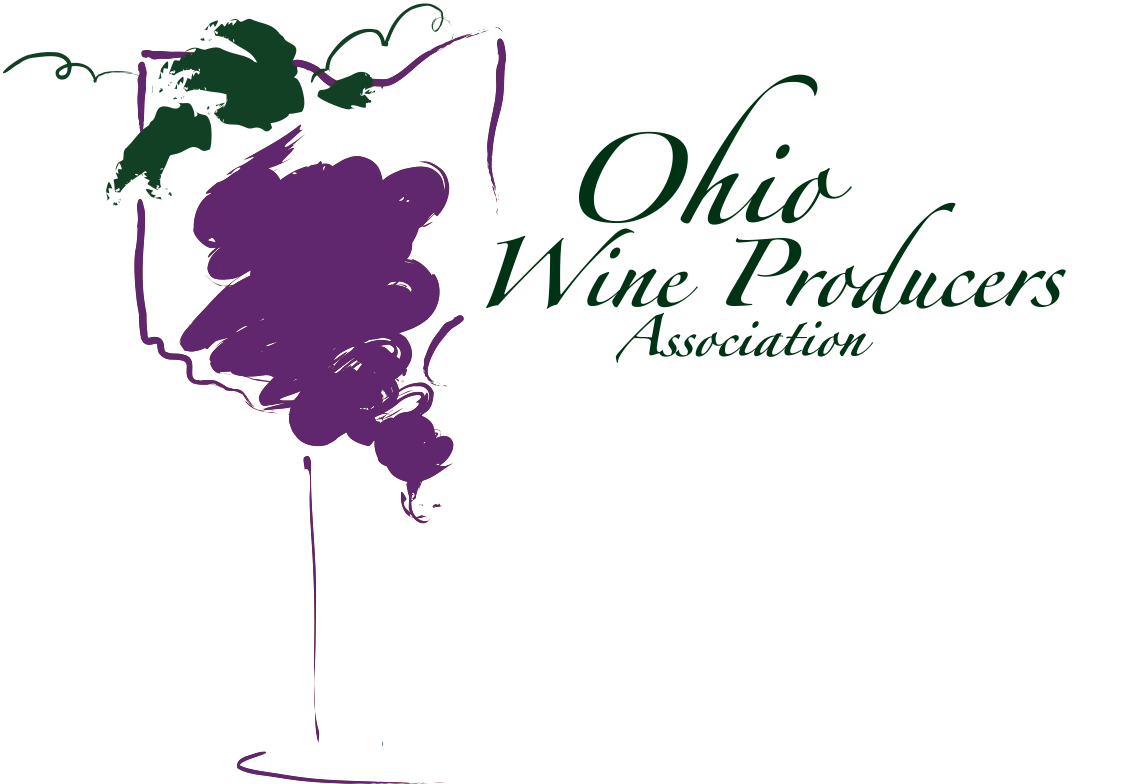Grape Families Grown in Our Region
Do you remember all those genus and species lists from your high school biology class? Did you think then that memorizing those Latin terms had little relevance to ‘real’ life? Now that you are grown up and enjoy an occasional glass of wine, you might want to look up your old biology teacher and offer an apology.
Grapes grown in wine producing regions around the world are identified by their genus – Vitis – and their species, in this region – labrusca and vinifera. As across most of the eastern United States, French American hybrids [crosses between vinifera and other species] plus now some winter hardy Minnesota hybrids are also extensively planted in Ohio.
Vitis labrusca [la-BRUS-ka] is truly a ‘native’ American variety. When Leif Ericsson landed in ‘Vineland’ early in the 11th century, he was greeted by a wild landscape covered with lush labrusca vines. Five hundred years later, colonists arrived from Europe, worked to tame the undomesticated grapes and produced some palatable vintages. Over the next couple of centuries, wines from Concord, Niagara, Delaware, and Catawba grapes developed a loyal and enthusiastic following among many of the regional populace.
Vitis vinifera [vin-IF-er-a] accounts for over 98% of all wines produced in the world. It is thought this species originally emerged in Asia before the establishment of the Roman Empire and spread through the Eurasian landmass over several centuries. Today it is widely planted in Europe, Australia, South Africa, California, and increasingly, in the eastern part of North America. Varietals like Chardonnay, Riesling, Cabernet Sauvignon, Cabernet Franc, Pinot Noir and Pinot Gris are renowned around the globe for the sophisticated wines they produce.
French hybrids were first grown in Europe in the mid 19th century when a terrible disease called phylloxera attacked the best vineyards on the Continent. Researchers attempted to save the incredibly important wine industry by crossing disease resistant varieties with the noble viniferas. After decades of work and many failed experiments, several interesting hybrids emerged. European researchers ultimately abandoned hybridization and chose grafting onto disease resistant rootstocks as the solution to the phylloxera crisis. However, thousands of acres of hybrids remained in the ground. Much of the ‘vin ordinare’ served in contemporary European bistros trace their heritage to the varieties left from those early experiments. Varieties like Vidal Blanc, Chanbourcin, Traminette, Chardonel, and Seyval Blanc are popular hybrids here.
Minnesota hybrids are planted around the state primarily where winter low temperatures a decade ago make wine grape growing a pipe dream. These were developed in a University of Minnesota breeding program headed by a fellow named Elmer Swenson. While vinifera are damaged at a few degrees below zero, and some French hybrids can survive at perhaps ten below, there are records of full crops after thermometers in winter plunged to 20 or as much as 40 below zero where the Swenson grapes are planted. Incredible. And they produce some lovely, even complex wines. When a tasted a Marquette [dry red] a decade ago, I was incredulous. Names like St. Croix and St. Pepin reflect the regions heritage. Others from this hybrid strain are called Frontenac, Frontenac Gris and Brianna. The ability to grow where conditions are less than ideal has made our industry stronger.
Ohio offers wine lovers a plethora of taste experiences. Well made vintages from labruscas, numerous hybrids and viniferas are offered by every winery in the Buckeye state.
